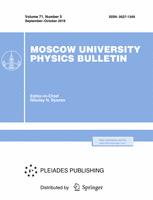Исследовано индуцированное излучение локализованных ансамблей электронов-осцилляторов в свободном пространстве. Эффекты канализации реализуются при распространении волновых пучков вдоль электронных потоков, играющих роль открытых активных волноводов. На линейной стадии взаимодействия возбуждаются квазиповерхностные моды, а на нелинейной — волновой пучок расширяется и электромагнитная энергия излучается во внешнее пространство. Происходит стохастическое торможение частиц, взаимодействующих с ансамблем электромагнитных волн, распространяющихся под различными углами к оси системы, и 'КПД может быть выше, чем в закрытых волноводах. Эффекты сверхизлучения имеют место в сгустках электронов-осцилляторов, формирующих движущиеся активные резонаторы. Вследствие развития беспороговой неустойчивости возникает банчировка электронов и их когерентное излучение, которое будет квазимонохроматическим в сопровождающей системе отсчета и многочастотным — в лабораторной. Если поступательная скорость сгустка близка к скорости света, то основная доля мощности излучения сосредоточена в коротковолновой компоненте.
Институт прикладной физики РАН, Россия, 603950, г. Нижний Новгород, ГСП - 120, ул. Ульянова, 46.



